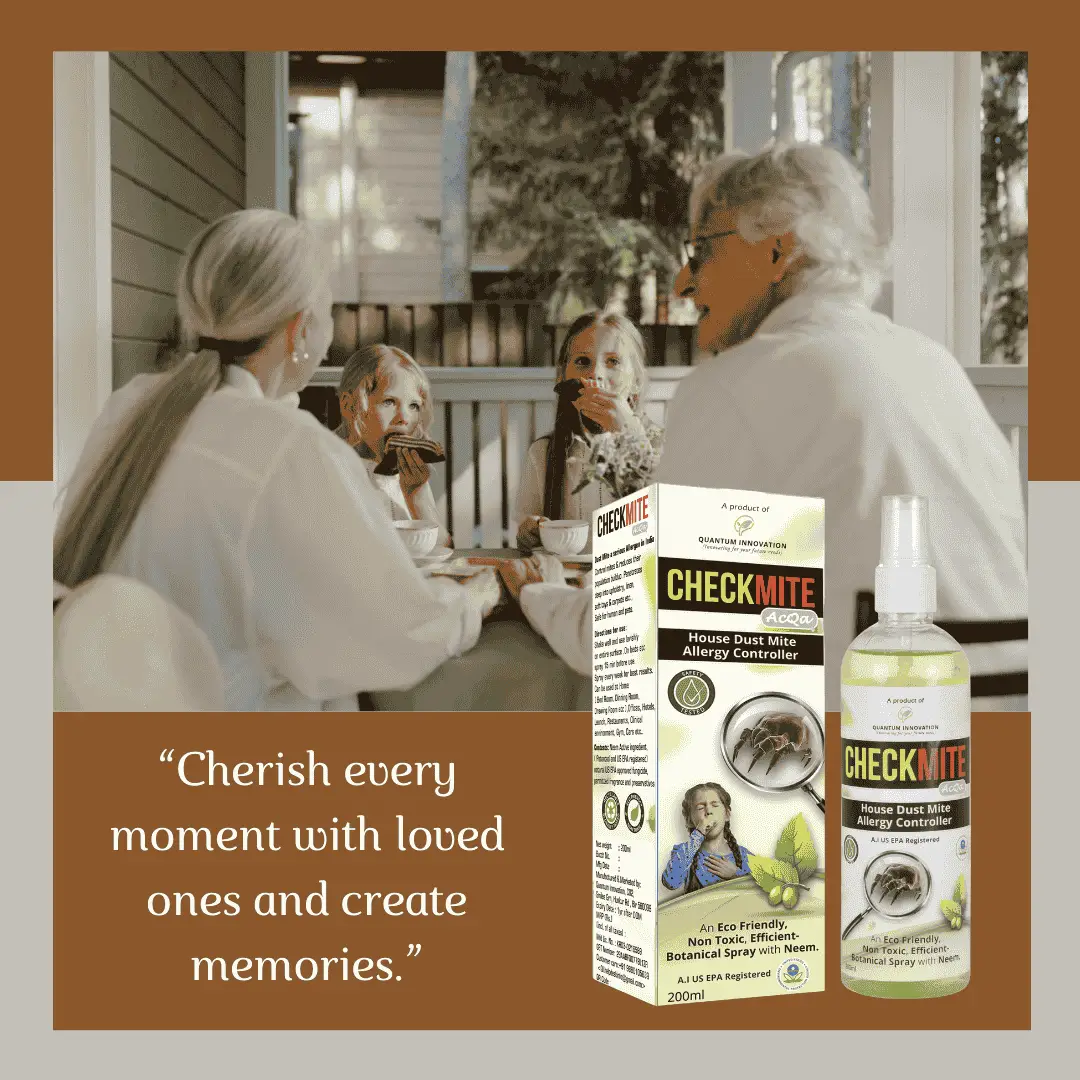When we think of skin care, images of luxury products and spa days often come to mind. But at its core, skin care is an essential aspect of health care. The skin, our largest organ, protects us, regulates temperature, and provides sensory feedback. A critical part of its maintenance is skin shedding, also known as desquamation. This process varies significantly with age, particularly between children and individuals aged 60 or older.
What Is Skin Shedding?
Skin shedding is the natural renewal of the epidermis—the outermost layer of the skin. Dead skin cells are replaced by new ones, ensuring the skin remains healthy and functional. This process occurs continuously, but its efficiency depends on age, genetics, lifestyle, and environmental factors.
For children and seniors, the variations in skin shedding have distinct implications for skin care. Understanding these differences can help optimize skin health across life stages.
Skin Shedding in Children: Rapid Renewal with Sensitivity
Children’s skin is renowned for its softness and radiance, thanks to its rapid cell turnover. Here’s what makes it unique:
Key Characteristics of Children’s Skin
- Fast Renewal: The skin renewal cycle takes about 14-21 days.
- Thinner Skin: The skin barrier is still developing, making it more permeable and prone to dryness.
- High Sensitivity: Children’s skin is vulnerable to irritants and environmental damage.
Essential Skin Care Tips for Children
- Hydration: Use gentle, fragrance-free moisturizers to combat rapid moisture loss.
- Sun Protection: Apply a broad-spectrum sunscreen (SPF 30+) to protect against harmful UV rays.
- Gentle Products: Opt for hypoallergenic cleansers and avoid harsh chemicals.
- Monitor Skin Conditions: Address issues like eczema or rashes with pediatric guidance.
Skin Shedding in Seniors: Slow Renewal with Fragility
As we age, skin renewal slows, leading to visible changes such as dullness and dryness. For individuals aged 60 and older, the process of skin shedding is notably slower.
Key Characteristics of Senior Skin
- Extended Renewal Cycle: The cycle lengthens to 30-60 days.
- Reduced Barrier Function: The skin’s protective abilities weaken over time.
- Decreased Hydration: Natural oil production drops, contributing to dryness.
- Loss of Collagen: Lower levels of collagen and elastin result in sagging and wrinkles.
Essential Skin Care Tips for Seniors
- Exfoliation: Use gentle exfoliants like lactic acid to remove dead skin cells without irritation.
- Rich Moisturizers: Look for products with humectants like hyaluronic acid and emollients.
- Sun Protection: Aging skin remains vulnerable to UV damage, so daily sunscreen use is crucial.
- Targeted Treatments: Incorporate serums with antioxidants (e.g., Vitamin C or E) to combat oxidative stress.
Why Skin Care Equals Health Care
Skin care isn’t just about appearance—it’s a cornerstone of overall health. For children, proper care prevents infections and promotes comfort. For seniors, it reduces dryness, irritation, and the risk of wounds.
By understanding the unique needs of skin shedding at different ages, we can tailor routines to maintain skin vitality and function throughout life. Whether you’re caring for a child’s delicate skin or addressing the challenges of aging, thoughtful skin care is an investment in health and well-being.
Conclusion
Skin care is undeniably health care, and the process of skin shedding offers valuable insights into the unique needs of children and individuals aged 60 and older. By recognizing the differences in skin renewal and tailoring care routines accordingly, we can support the skin’s vital functions and maintain its health throughout life. Whether it’s nurturing a child’s delicate skin or addressing the challenges of aging skin, thoughtful skin care practices are an investment in overall health and well-being.



